Imagine holding in your hands a piece of another world. Not just any piece — but rocks that might contain the first evidence of life beyond Earth. After decades of sending robots to Mars to explore and study from afar, we’re now on the brink of something extraordinary: bringing actual Martian samples back to our planet for the first time in human history. This isn’t science fiction anymore; it’s happening right now, and the implications are staggering.
The Historic Mission Already Underway
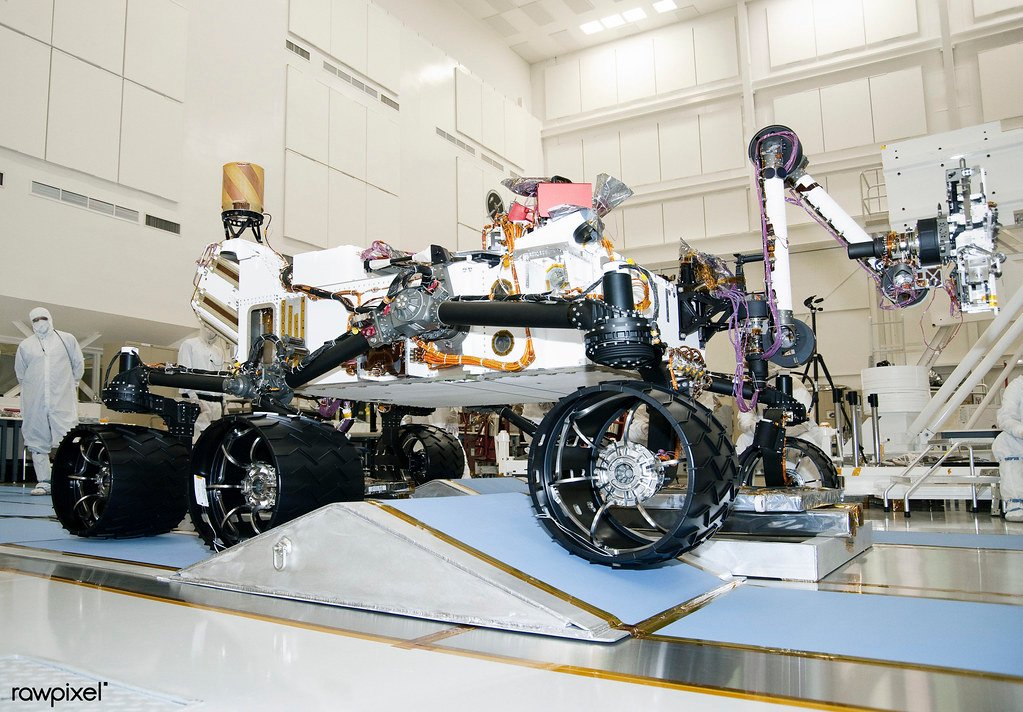
Since February 2021, NASA’s Perseverance rover has been methodically collecting and storing samples on Mars, with 27 samples sealed in tubes as of March 2025. Think of it like a cosmic treasure hunt where each rock sample could rewrite our understanding of life in the universe. The rover is collecting core samples of Martian rock and regolith for potential pickup by a future mission that would bring them to Earth for detailed study. Every sample tube represents years of careful planning, millions of miles of travel, and the hopes of scientists worldwide. These aren’t random rocks — they’re specifically chosen pieces of Mars that might hold answers to humanity’s biggest question: are we alone?
Why Jezero Crater Is Our Best Bet for Finding Life
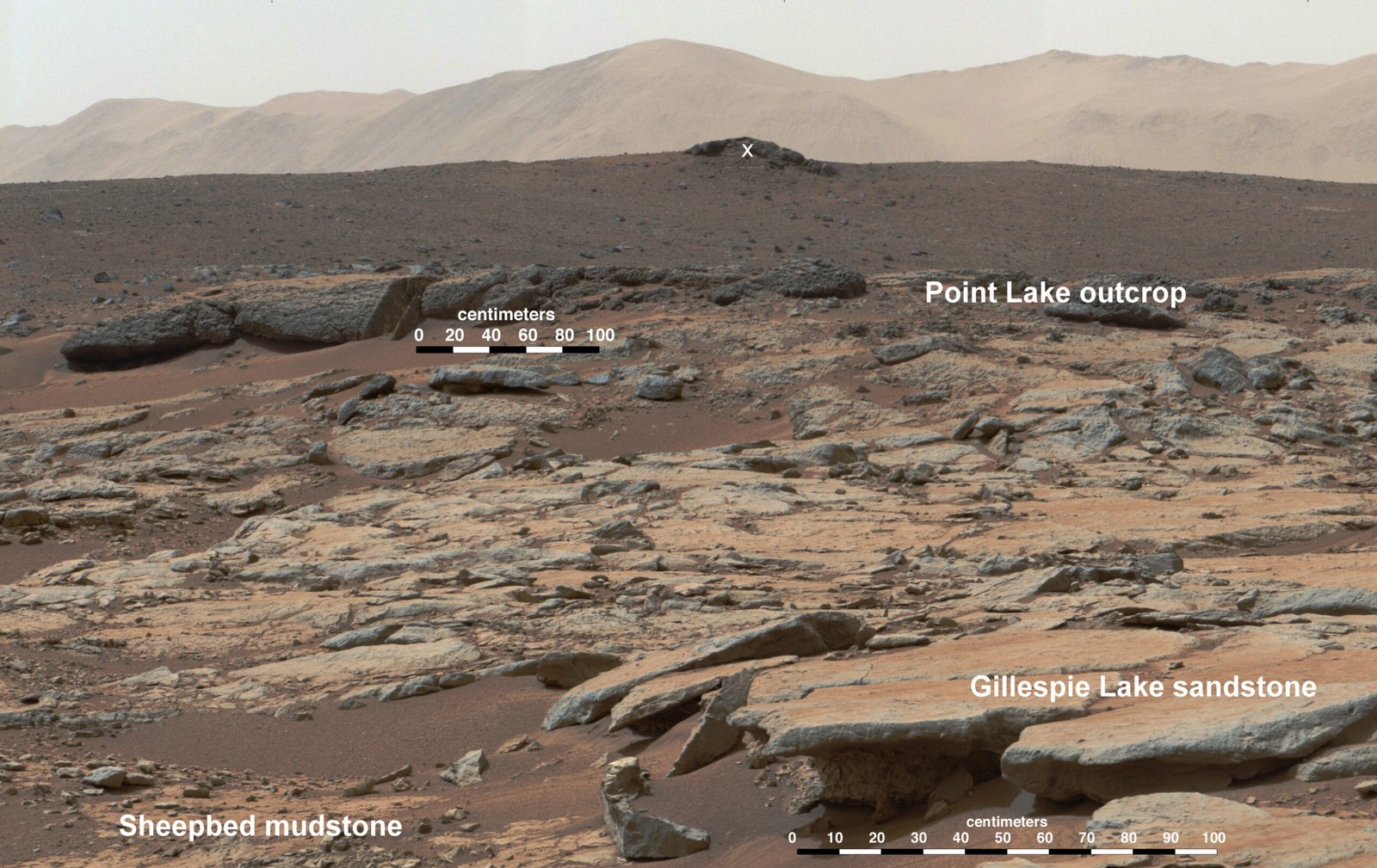
More than 3.5 billion years ago, river channels spilled over Jezero Crater’s wall and created a lake, with water carrying clay minerals from the surrounding area into the crater lake where microbial life could have lived during these wet times, and if so, signs of their remains might be found in lakebed or shoreline sediments. It’s like finding an ancient photograph of a time when Mars looked completely different — not the cold, dry desert we see today, but a world with flowing rivers and standing water. Scientists believe Jezero was once flooded with water and was home to an ancient river delta, where microbial life could have lived during wet periods, with signs of their remains potentially found in lakebed or shoreline sediments. The rover is essentially detective work on an interplanetary scale, searching for clues in a 45-kilometer-wide crime scene that’s billions of years old.
The Current Crisis Threatening the Mission

The original Mars Sample Return plan was deemed unwieldy after an independent review board projected it could cost up to $11 billion, with the expected return date of samples pushed from 2031 to 2040 — a delay that was “simply unacceptable”. Picture planning the most complex heist in history, only to discover your budget has exploded and your timeline has stretched so far that the people who started the project might retire before seeing the results. Trump’s 2026 budget plan would cancel NASA’s Mars Sample Return mission, while China has announced plans to return samples by 2031. The irony is painful — after successfully collecting the samples, we might abandon them on Mars while another country claims the prize of bringing the first Mars samples to Earth.
Two New Paths Forward That Could Save Everything

NASA will decide between two newly proposed strategies by the second half of 2026, with one option leveraging the sky crane technology used for Perseverance and Curiosity rovers, and the other utilizing new commercial capabilities from companies like SpaceX and Blue Origin to deliver a “heavy-lift vehicle” lander to Mars. It’s like having two different routes to climb Mount Everest — one using proven techniques that got climbers to the top before, and another using cutting-edge equipment that might be faster and cheaper. The newly proposed strategies provide the potential to return samples to Earth as early as 2035, or as late as 2039, with costs ranging from $5.5 billion to $7.7 billion. Both approaches represent a significant improvement over the original plan, but the clock is ticking.
The Incredible Engineering Challenge of Launching from Mars

Both options require landing a Mars Ascent Vehicle on the Martian surface, which will be loaded with samples collected by Perseverance, then lift off and rendezvous with ESA’s Earth Return Orbiter in orbit around Mars, before the orbiter heads back to Earth and drops off the sample capsule. Think about it: we need to build a rocket that can survive the journey to Mars, sit on the surface for years waiting for the samples, then fire up and work perfectly on the first try. The Mars Ascent Vehicle will perform the first liftoff from Mars and carry the container into Mars orbit, where ESA’s Earth Return Orbiter will capture the basketball-size sample container. No pressure, but this rocket has to work on a planet where no human has ever set foot to fix anything that goes wrong.
What Makes These Samples Worth Billions of Dollars

Mars Sample Return allows us to use the entirety of Earth’s laboratory capabilities, optimizing the chances of detecting and correctly interpreting subtle signals. Imagine trying to solve a murder case by only looking at photos from far away versus having the actual evidence in your hands. Studying Mars samples on Earth will allow scientists to share resources and send samples to the best laboratories around the world — laboratories so complicated and heavy they would be impossible to take to Mars — where they can be analyzed by the most sophisticated equipment and techniques. We’re talking about instruments that can detect individual molecules, analyze atomic structures, and spot signs of life that would be invisible to even the most advanced rovers on Mars.
The Search for Ancient Martian Life

The search for traces of life is one of the principal objectives of Mars exploration. The challenge in life detection is not just to be able to detect relatively obvious life forms, but to utilize instruments having the sensitivity and resolution to measure faint signatures as unambiguously as possible, as life detection is a stepped process in which the result of one measurement determines what follows. It’s like being a detective looking for fingerprints that are 3.5 billion years old, where the slightest smudge could be evidence of ancient life or just a quirk of geology. The samples might contain biosignatures — chemical or physical traces left by living organisms that could prove Mars once hosted life.
Biosignatures: The Holy Grail of Mars Science
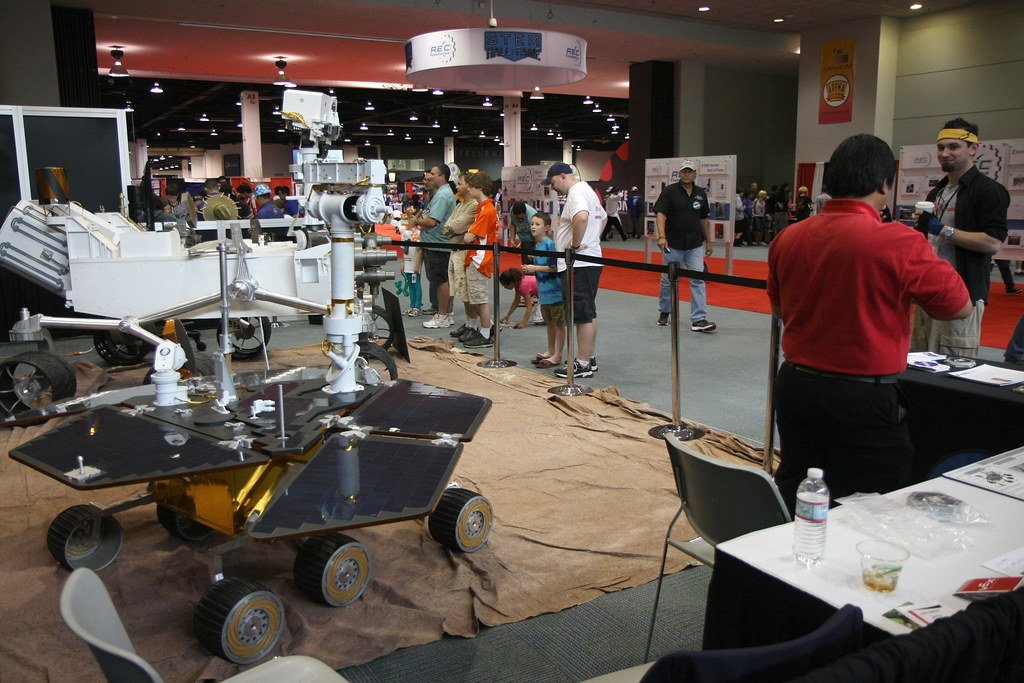
One key goal will be the search for chemical biomarkers including organic compounds important in life on Earth and their geological forms, including amino acids, nucleobases and sugars which form the backbone of DNA and RNA, and lipids, the structural components of cell membranes. These molecular signatures are like fossilized whispers from ancient life forms, preserved in rock for billions of years. Fine-grained sedimentary samples from the lower delta contain clays and sulfates and are most likely to preserve any possible evidence for ancient life, while sedimentary rocks containing abundant silica and carbonates collected from the Margin Unit may preserve biosignatures. Finding these would be like discovering the DNA of life’s common ancestor — not just proof that life existed on Mars, but clues about how life itself began.
Why Perseverance’s Sample Collection Is Pure Gold
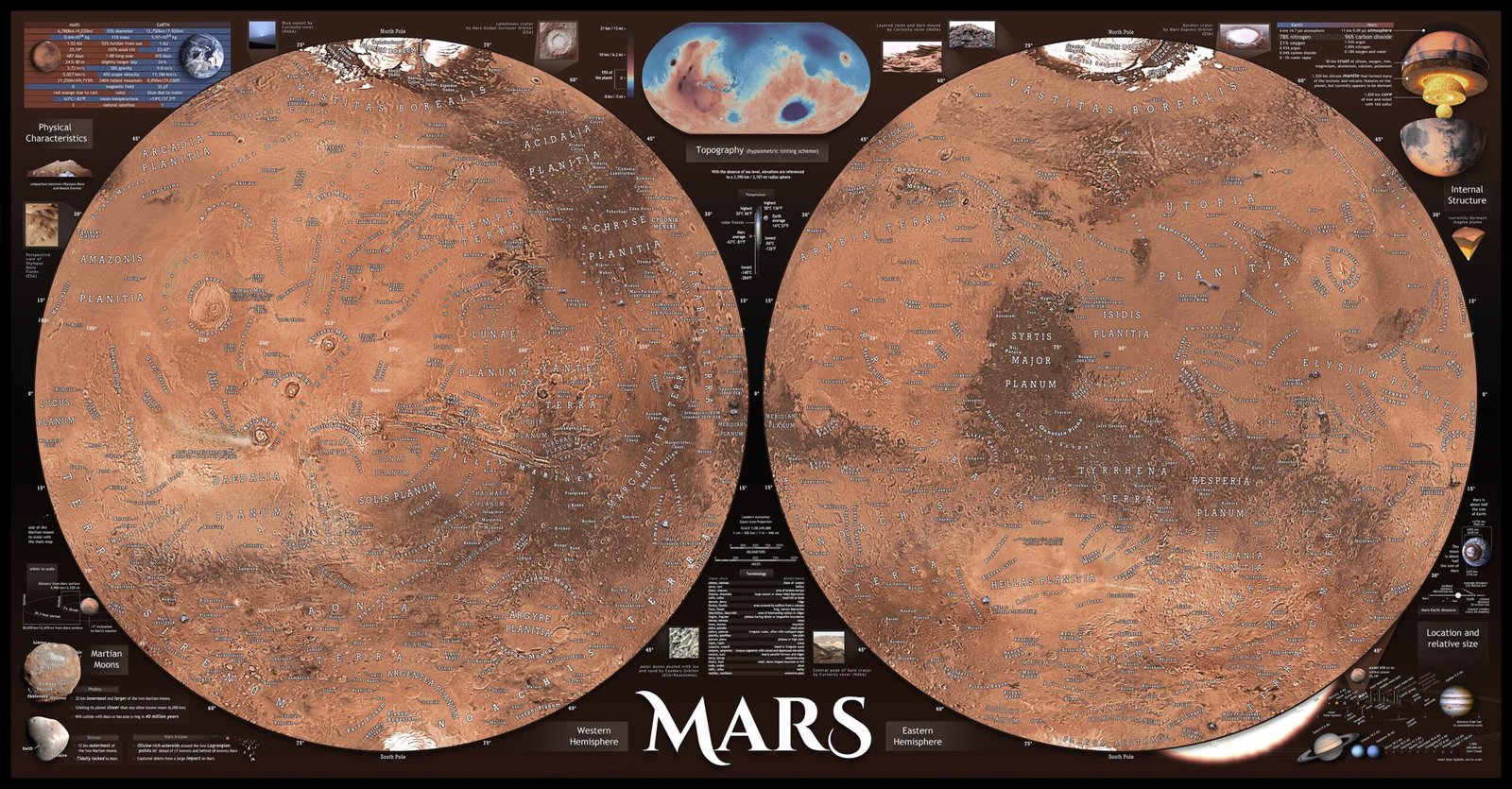
In the past few months alone, the car-sized Perseverance has collected samples of five rocks, performed detailed analysis on seven others, and zapped an additional 83 with its laser for remote study — the robotic explorer’s fastest pace of scientific data collection since it landed on the Red Planet four years ago. The crater’s western rim contains lots of fragmented, once-molten rocks that had been blasted from deep beneath the surface billions of years ago by meteor impacts, possibly including the impact that created Jezero Crater itself, with Perseverance’s first crater rim sample named Silver Mountain being a “one-of-a-kind treasure” likely dating back at least 3.9 billion years. Every sample tells a different story about Mars’ violent and dynamic past, creating a library of planetary history unlike anything we’ve ever had access to.
The Three Forks Backup Plan
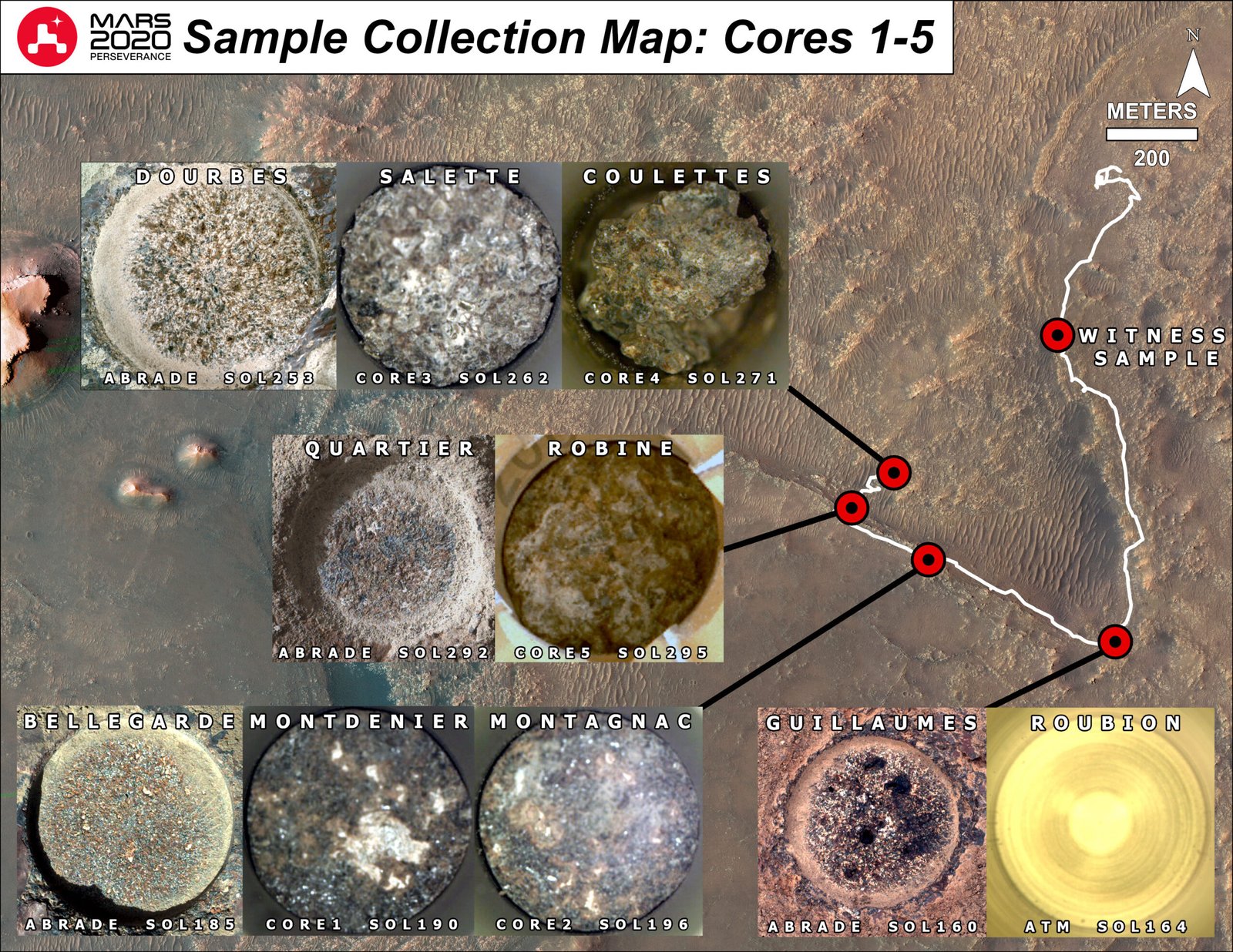
The depot represents a backup collection of samples that could be recovered in the future by the Mars Sample Return campaign, with the rover beginning to build the depot on December 21, 2022, precisely spacing the tubes in case they need to be retrieved at a future date. Picture a time capsule buried on another planet, waiting for future explorers to find it. The depot contains 10 sample tubes, with the “Amalik” sample closest to the rover about 10 feet away, while the “Mageik” and “Malay” samples farthest away were approximately 197 feet from the rover. It’s like having a safety deposit box on Mars — if something happens to Perseverance, these samples will still be there, waiting to be collected by a future mission.
What Earth’s Best Labs Could Discover

Once returned to Earth, stored samples can be studied with the most sophisticated science instruments available, with NASA’s Thomas Zurbuchen expecting such studies to allow several new discoveries in many fields. Think of the difference between looking at a painting through a window versus holding it in your hands with a magnifying glass. As our equipment improves and new advances are made, samples can be reanalyzed and new information extracted — as continues to happen on lunar samples brought to Earth in the 1960s and 1970s. We’re still making discoveries from Moon rocks collected over 50 years ago, so Mars samples could keep revealing secrets for generations.
The Race Against China’s Mars Sample Return

China’s Tianwen-3 mission could retrieve specimens for laboratory examination on Earth around 2031, with the spacecraft involving two launches around 2028 headed for Mars. It’s like two teams racing to the same treasure chest, but one team has been working on the lock for years while the other just showed up with dynamite. Only two countries have demonstrated the capability to navigate the tenuous atmosphere of Mars, land successfully and conduct significant science: the USA and China, and by abandoning MSR, the U.S. will be conceding the first-ever MSR to China. The scientific prestige and technological leadership at stake go far beyond just bringing back rocks — it’s about which nation leads humanity’s expansion into the solar system.
The Mind-Blowing Technical Challenges

Returning samples to Earth from Mars is expected to be the most complex robotic space flight campaign ever attempted, promising to revolutionize humanity’s understanding of Mars by bringing scientifically selected samples to Earth for study using the most sophisticated instruments around the world. We’re talking about a level of complexity that makes landing on the Moon look simple. The Mars Ascent Vehicle challenge involves the absence of established expertise due to lack of other missions or customers that would need something similar, though NASA redesigned the two-stage solid propellant MAV from 450 kg to 350 kg without adding risk. Every component has to work perfectly on the first try, millions of miles from any repair shop.
Planetary Protection: Keeping Earth Safe

Mars Sample Return could potentially transfer viable organisms to Earth, resulting in back contamination, though the scientific consensus is that the potential for large-scale effects is small. Returned samples would be treated as potentially biohazardous until scientists decide they are safe, with the goal that the probability of release of a Mars particle is less than one in a million. It sounds like the plot of a sci-fi movie, but scientists take this seriously — we need to protect Earth from any potential Martian microbes while also protecting the samples from Earth contamination. The samples will likely be studied in the most secure biological containment facilities on our planet.
Why Waiting for Humans Isn’t the Answer
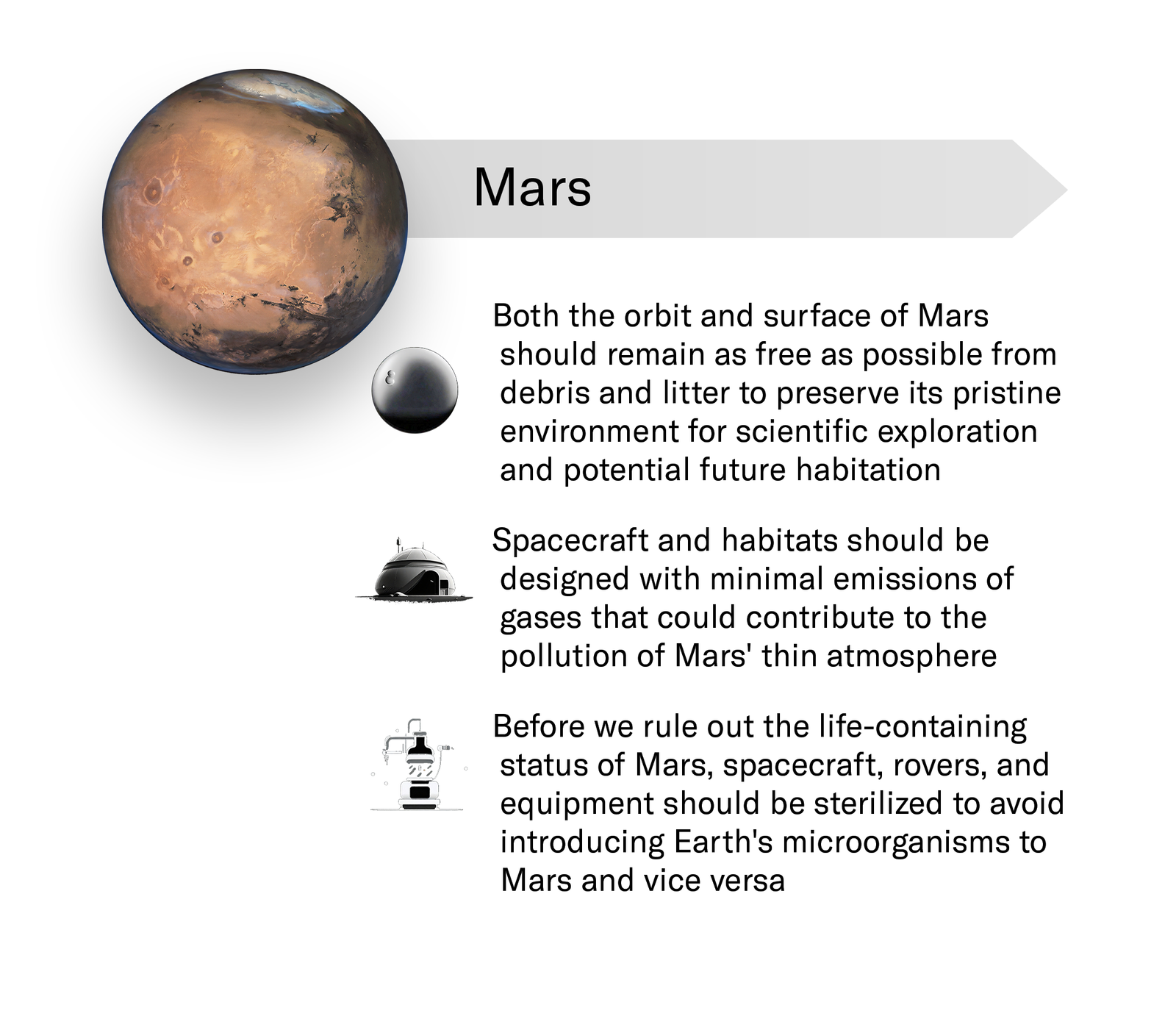
Some have advocated that we should just wait for humans to return samples, but that philosophy means putting off high-priority science for at least an extra decade and probably longer, and it does not account for the fact that the first several human missions may not go to optimum sampling locations. Any remotely realistic plan for a crewed Mars mission would be far more expensive than MSR, and the very act of landing humans on Mars could undermine the deep astrobiological questions that justify the sampling effort, as astronauts would inevitably import some Earthly microbes to the Martian surface. It’s like saying we should wait for a luxury cruise ship instead of taking the submarine that’s ready to go explore the deep ocean trench.
The Scientific Questions That Could Be Answered

In 2006, the Mars Exploration Program Analysis Group identified 55 important investigations related to Mars exploration, concluding in 2008 that about half could be addressed by Mars Sample Return, making MSR “the single mission that would make the most progress towards the entire list” of investigations, with a significant fraction unable to be meaningfully advanced without returned samples. We’re not just talking about finding life — these samples could tell us how planets form, how atmospheres evolve, and how water shapes worlds. Questions include those about the geologic history of Mars, particularly the role of water, the evolution of volatiles and climate on Mars, the timeline of planetary scale processes, and the potential biological history of Mars. Each sample tube could rewrite textbooks.
What Success Would Mean for Humanity
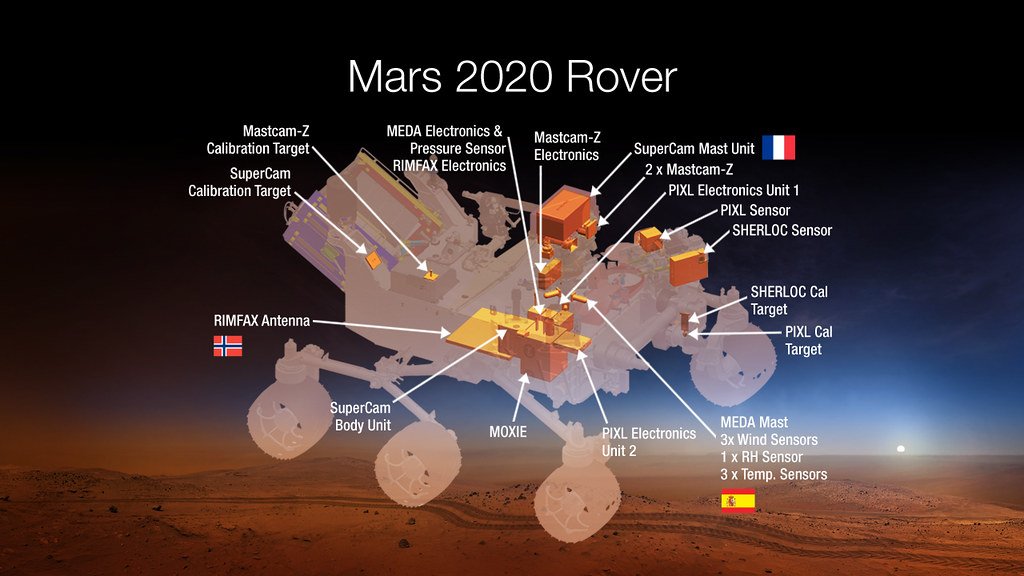
Mars Sample Return will allow scientists to understand the planet’s geological history and the evolution of climate on this barren planet where life may have existed in the past and shed light on the early solar system before life began here on Earth, while also preparing us to safely send the first human explorers to Mars. Finding evidence of ancient life on Mars wouldn’t just be a scientific breakthrough — it would fundamentally change how we see ourselves in the universe. By better understanding the history of Mars, we would improve our understanding of all rocky planets in the solar system, including Earth. Mars becomes a laboratory for understanding how worlds live and die, including our own.
The Stakes of This Moment

With NASA’s $7.8 billion science investment representing less than half a percent of federal discretionary spending, “NASA’s robotic exploration programs are the greatest in the world and spark the imagination of America’s future scientists and engineers,” making it “crucially important that NASA maintain U.S. leadership in deep space by pursuing ambitious goals, lest we cede leadership to other nations, such as China”. We stand at a crossroads where the samples are already collected, the technology exists to bring them home, and the scientific questions are more compelling than ever. The question isn’t whether we can do it — it’s whether we will choose to do it before someone else claims the prize of bringing the first piece of another world back to Earth. What would you choose if you held the key to possibly answering one of humanity’s oldest questions: are we alone in the universe?



